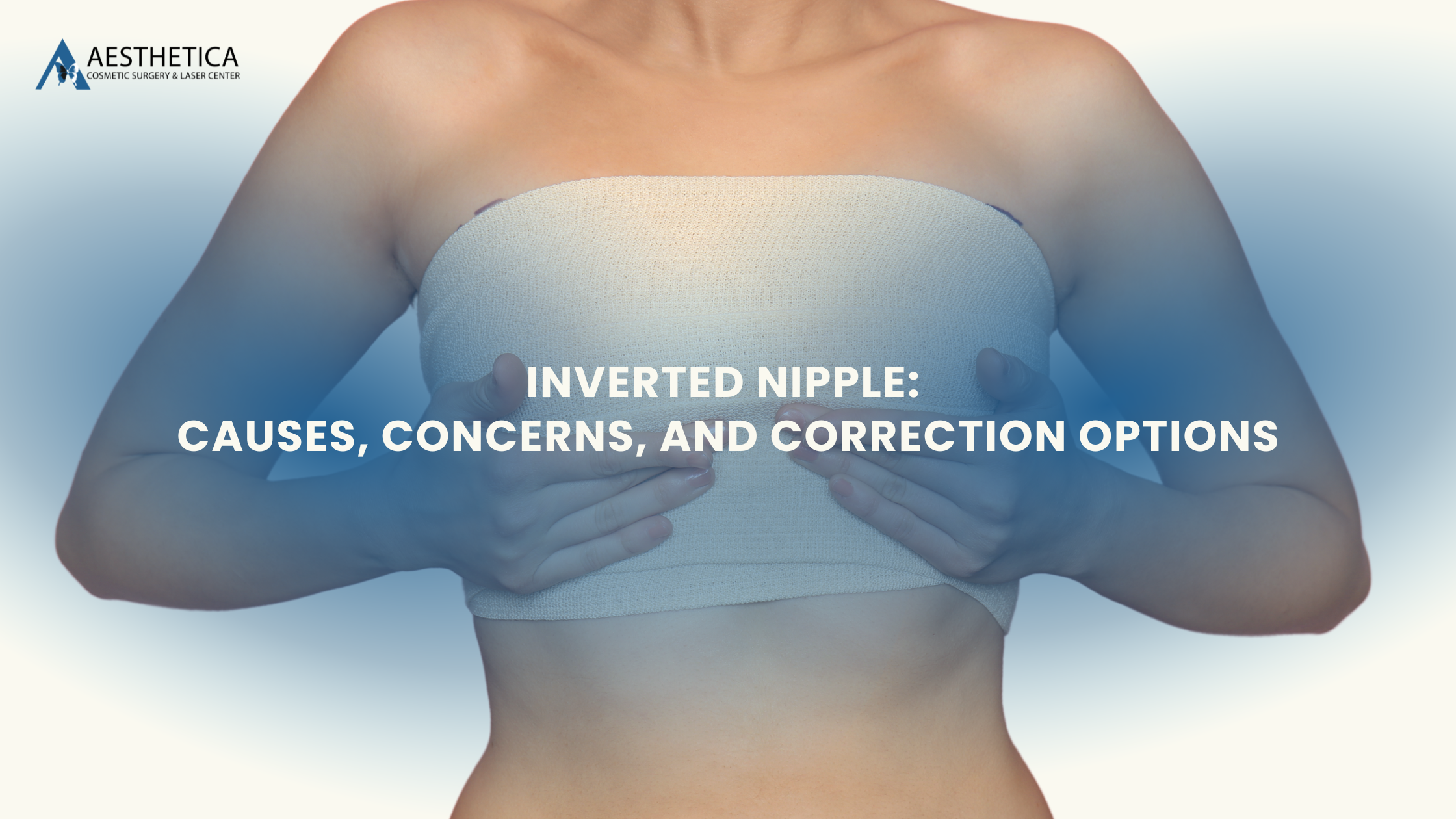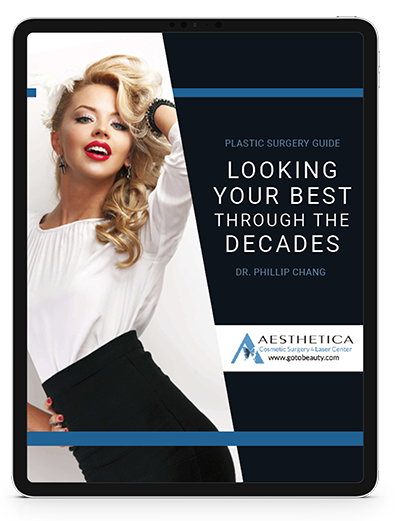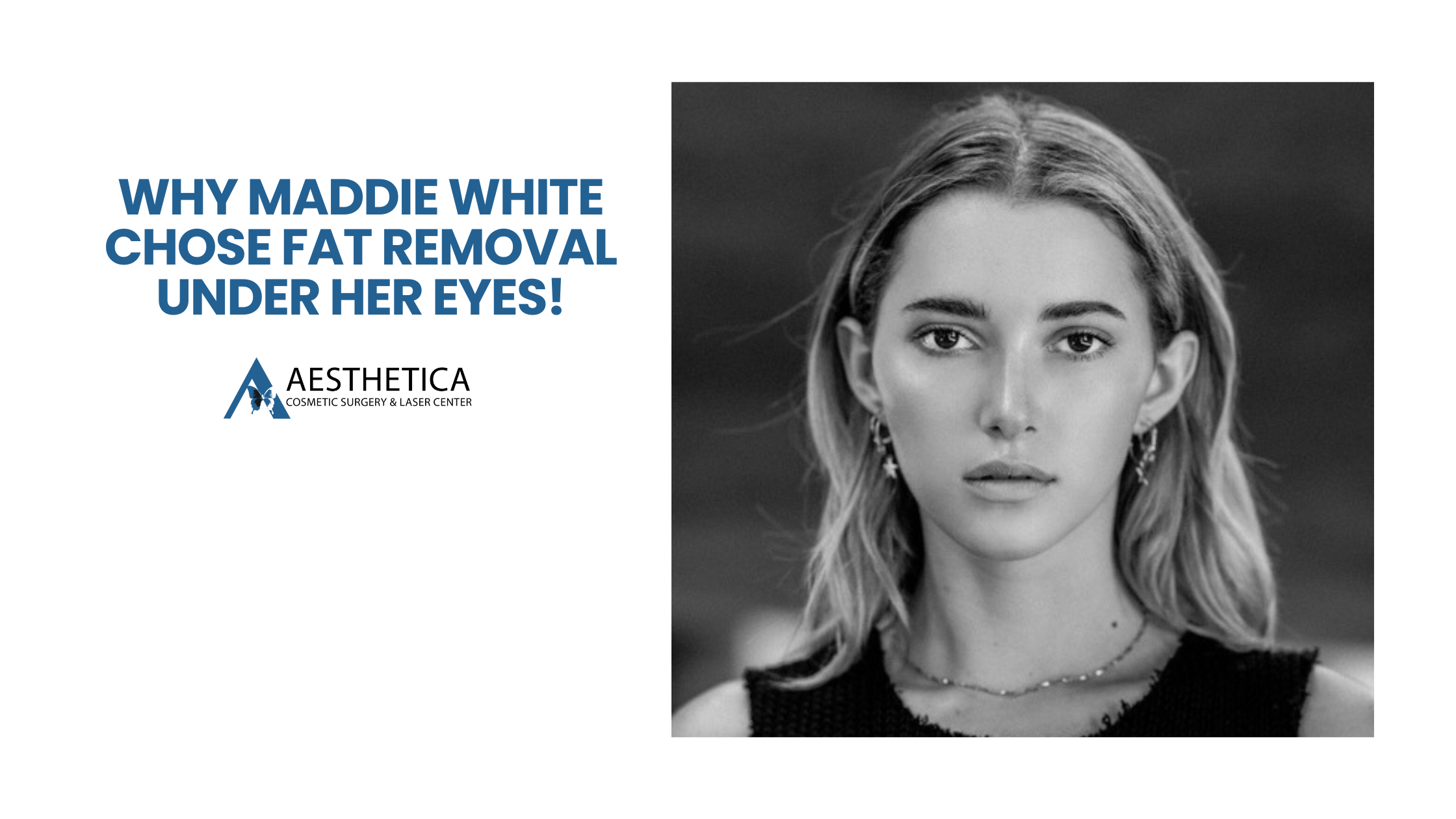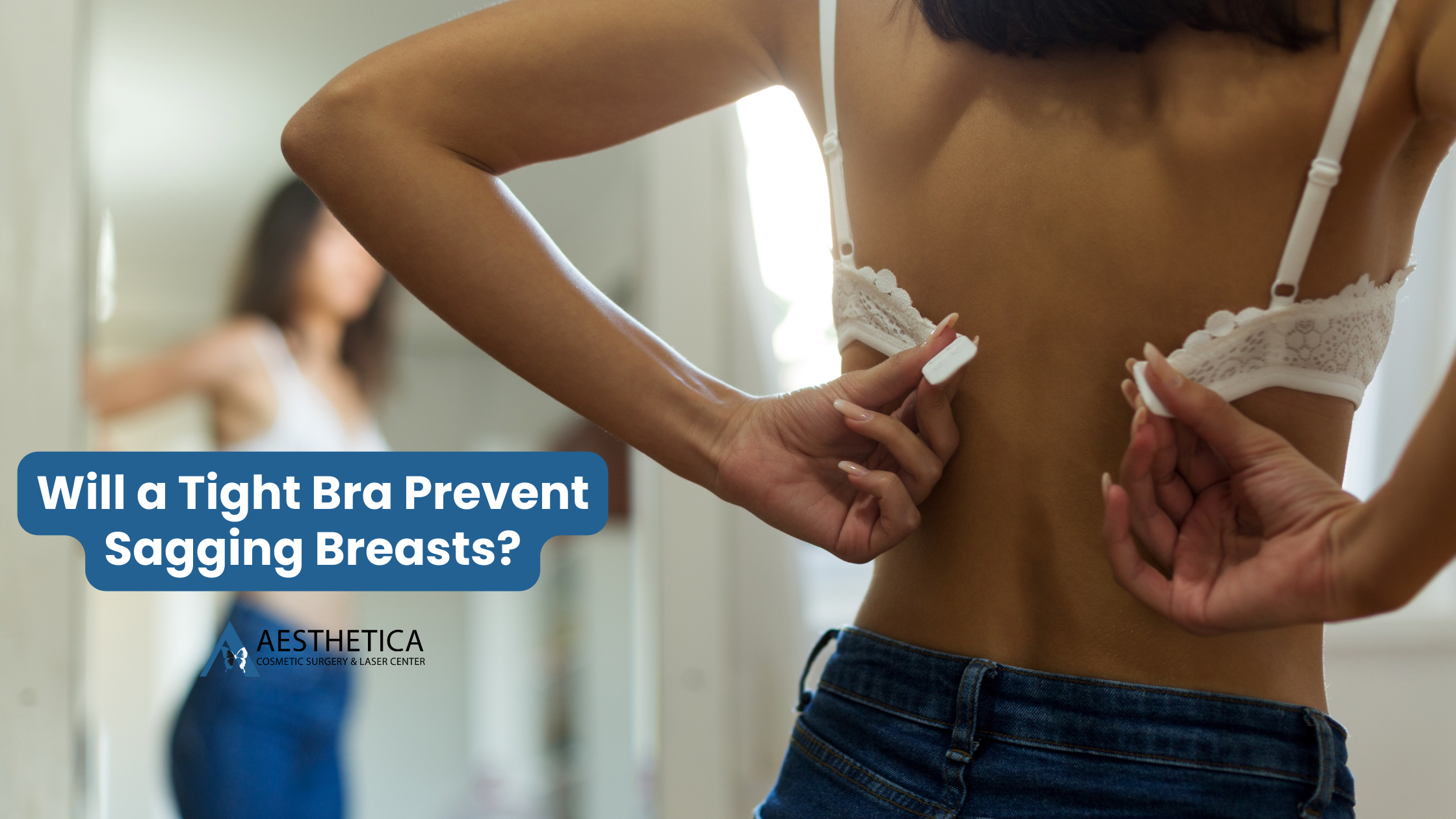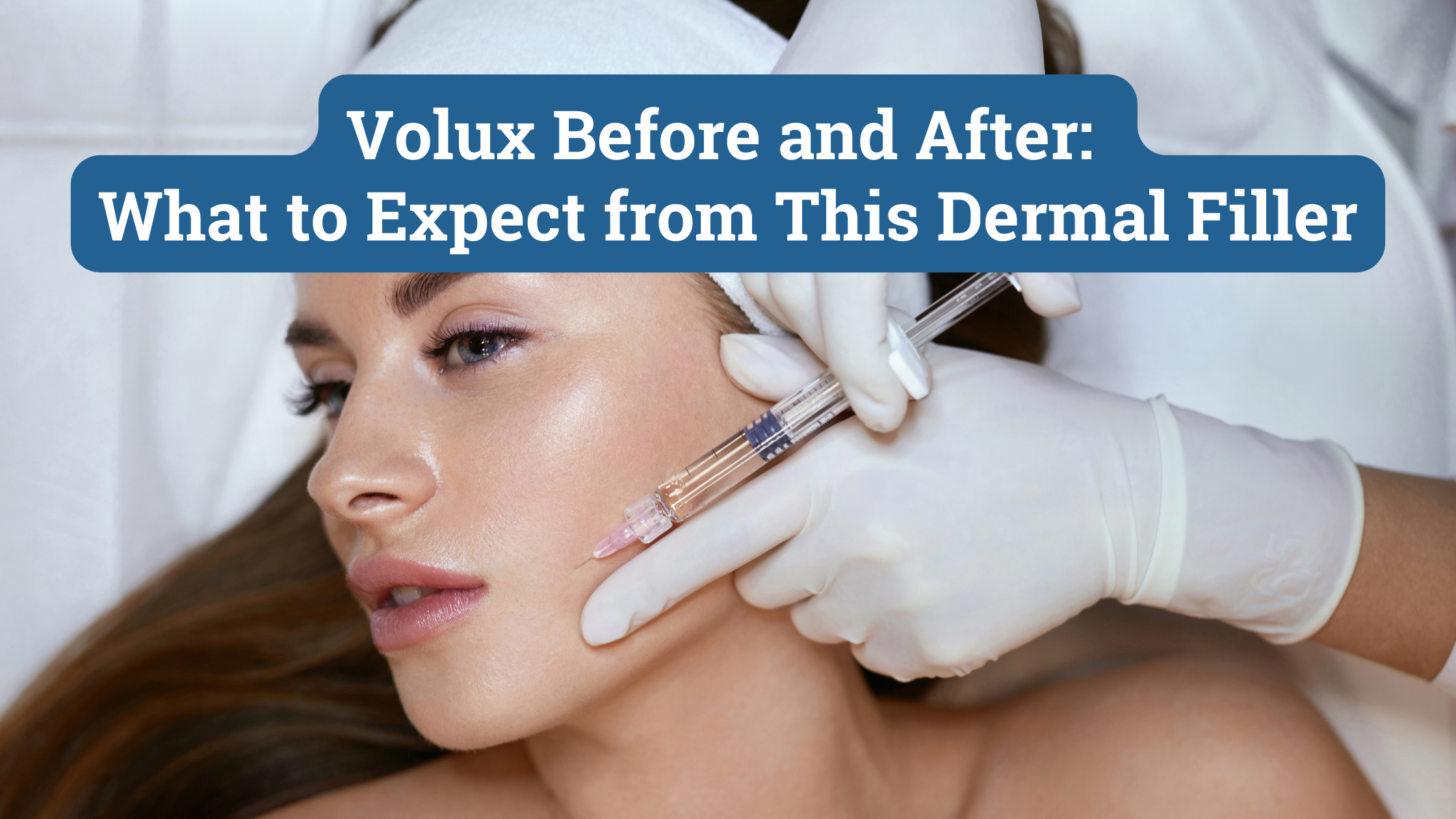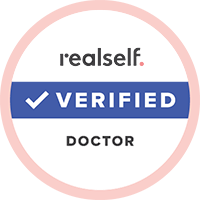Ever wondered why some nipples look a bit different? Inverted nipples, where the nipple pulls inward instead of pointing out, are actually quite common and nothing to be worried about.
Why does this happen? What does it mean for you, and what are some cool ways you can address it if it’s bothering you? Whether you’re curious, concerned, or considering a change, we’ve got the lowdown on everything you need to know.

What Causes Inverted Nipples?
Inverted nipples happen when the ducts underneath the nipple are shorter than usual, pulling the nipple inward. This can be due to various factors like natural anatomy, injury, or conditions affecting breast tissue. It’s a common and typically harmless variation.
Are Inverted Nipples Hereditary?
Inverted nipples can be hereditary. If someone in your family has them, there’s a chance you might too. It’s all about the genes you inherit, so it’s not uncommon for this trait to run in families.
Can Inverted Nipples Develop Later in Life?
Inverted nipples can develop later in life. Factors like aging, hormonal changes, breastfeeding, or certain medical conditions can cause previously outward nipples to become inverted. If you notice sudden changes, it’s always a good idea to check with a healthcare provider to rule out any underlying issues.
Should You Be Concerned about Inverted Nipples?
In most cases, inverted nipples are harmless and simply a natural variation of the human body. However, there are a few scenarios where you might want to pay closer attention:
- Sudden Changes: If your nipples were previously normal and suddenly become inverted, it could be a sign of an underlying issue, such as an infection, inflammation, or even breast cancer. It’s important to consult a healthcare provider in these cases.
- Accompanying Symptoms: If inversion is accompanied by other symptoms like pain, discharge, or a lump in the breast, it’s a good idea to get it checked out.
- Personal Concerns: Some people may feel self-conscious about the appearance of inverted nipples or experience difficulty with certain activities like breastfeeding. In these instances, speaking with a healthcare provider can provide reassurance and discuss potential correction options if desired.
Are Inverted Nipples Linked to Breastfeeding Challenges?

Inverted nipples can present some challenges when it comes to breastfeeding, but they don’t necessarily prevent you from nursing successfully. Here’s what you need to know:
- Latch Issues: Babies may have difficulty latching onto an inverted nipple, which can make breastfeeding more challenging. Proper latch is crucial for effective breastfeeding and to prevent discomfort.
- Techniques and Tools: There are various techniques and tools that can help, such as nipple shields, breast pumps, and specific positioning strategies. Lactation consultants are valuable resources who can offer personalized advice and support.
- Persistence Pays Off: Many mothers with inverted nipples are able to breastfeed successfully with some persistence and the right support. Early consultation with a lactation expert can make a big difference.
- Alternative Feeding Methods: If breastfeeding directly is too challenging, expressing milk and bottle-feeding can be a good alternative to ensure your baby receives the benefits of breast milk.
Remember, each breastfeeding journey is unique, and finding what works best for you and your baby is the most important thing. With the right guidance and support, many of the challenges associated with inverted nipples can be effectively managed.
When Should You Seek Medical Advice for Inverted Nipples?
You should seek medical advice if you notice that your nipples, which were previously normal, have suddenly become inverted. This sudden change can sometimes be a sign of an underlying issue such as an infection, inflammation, or breast cancer.
If the inversion is accompanied by symptoms like pain, discharge, or the presence of a lump in the breast, it’s important to consult with a healthcare provider. Even if there are no accompanying symptoms if you have any concerns or discomfort related to inverted nipples, a healthcare provider can offer reassurance and discuss any necessary evaluations or treatments.
What Is Nipple Inversion Correction Surgery?
Nipple inversion surgery is a simple procedure designed to correct inverted nipples. This surgery can typically be performed in a doctor’s office without the need for general anesthesia. Instead, a long-acting numbing agent is used to ease any discomfort. The entire procedure usually takes less than one hour, making it a convenient option for those looking to address this condition.
How Is Nipple Inversion Correction Surgery Performed?
During nipple inversion correction surgery, a retraction suture is used to pull the nipple out to its full length. A tiny incision is made on the inferior side of the nipple, allowing the surgeon to carefully cut the thick, retracted milk ducts one at a time. The goal is to release the inversion while avoiding cutting all the ducts unless absolutely necessary. Once the ducts are properly adjusted, the incision is closed and dressed.
What Should You Expect during Recovery from Nipple Inversion Surgery?
Although nipple inversion surgery is relatively simple, it is important to take it easy for the first few weeks to ensure optimal healing. Strenuous exercise should be avoided during this time to aid in the recovery process. After about 7 to 10 days, you will have a follow-up appointment with your doctor to check on your progress. The final results will continue to develop over the following months.
Pain after nipple inversion surgery is usually minimal, and most patients are prescribed a narcotic pain medication just in case, typically for only a day or two. It is recommended to delay showering until the next day and to wear a light pad inside the bra to protect the nipple for a few days after the surgery. Most patients can return to work within 1 to 3 days and can resume driving immediately.
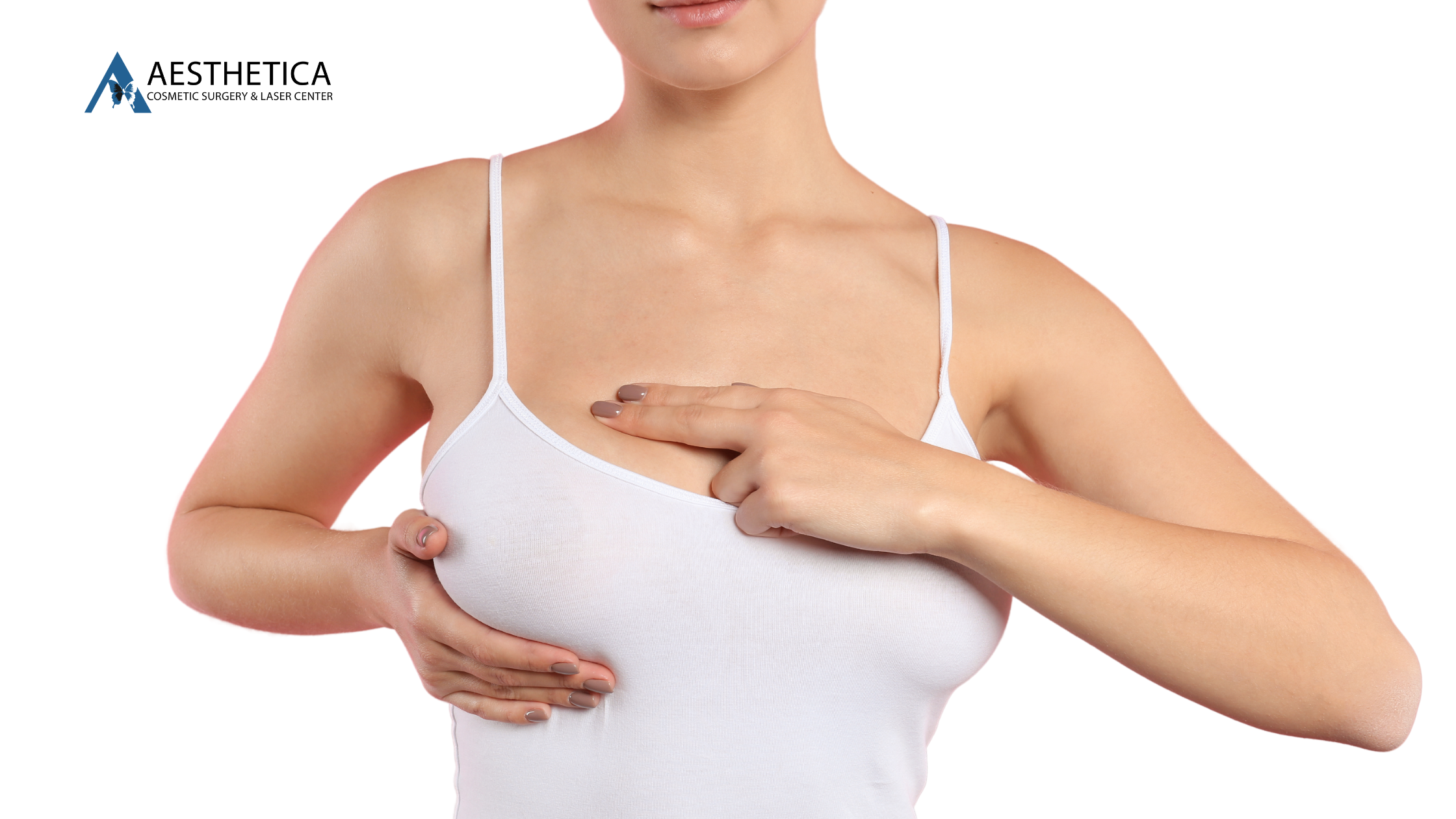
Want to Feel More Confident? Opt for Nipple Correction Surgery!
Boost your self-esteem and feel more confident with nipple correction surgery. Schedule a consultation today and take the first step towards a more comfortable and confident you!
Meet us at 19500 Sandridge Way, Suite 350, Leesburg, VA 20176, or call us at (703) 574-4342 for a complimentary consultation with Board-Certified Plastic Surgeon Dr. Phillip Chang before proceeding with your procedure. If everything matches up, our team will help you navigate the entire process from beginning to end. Also, remember to check out our blog and social media for more information on cosmetic surgery trends!

